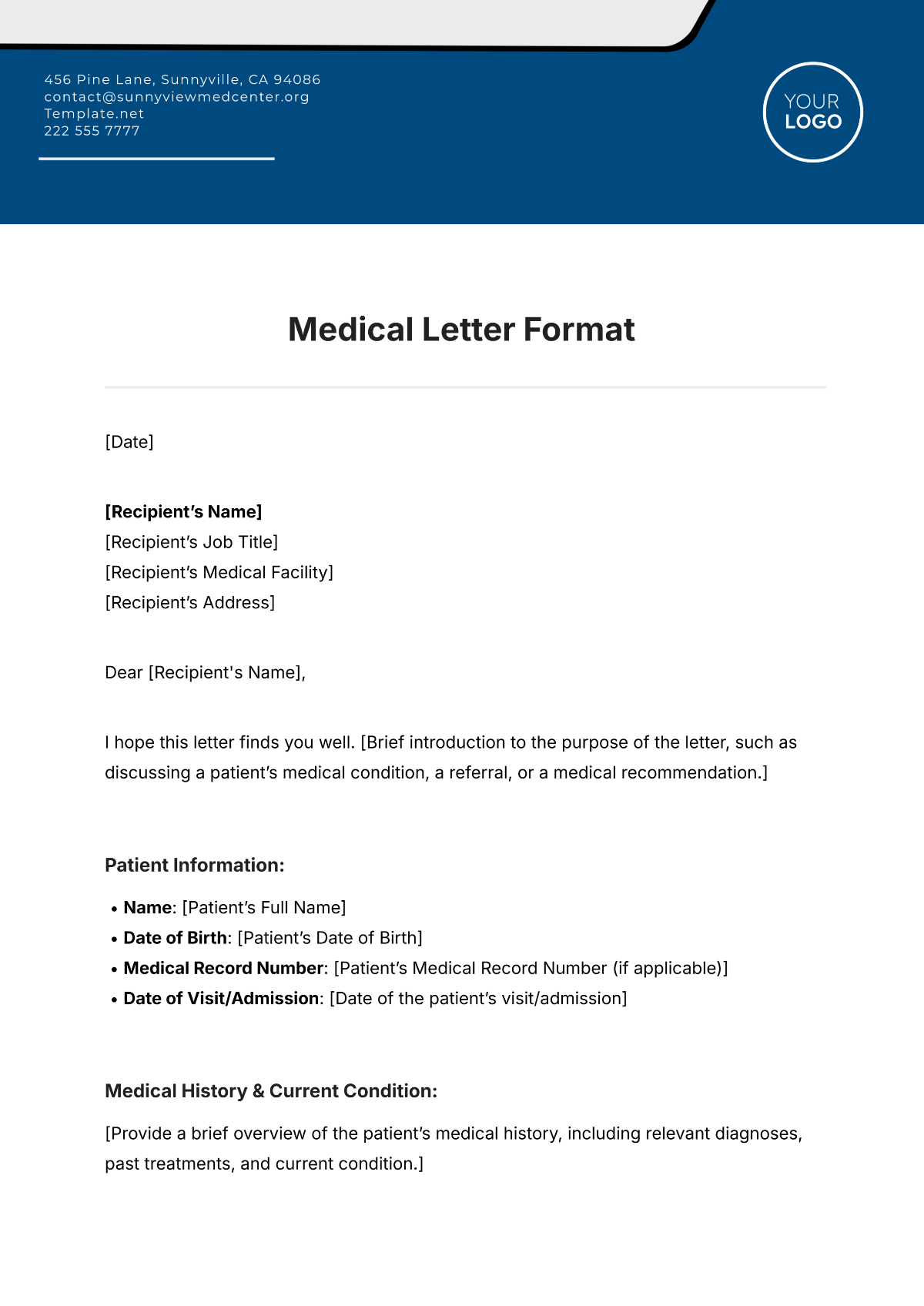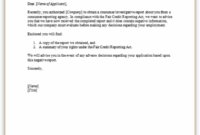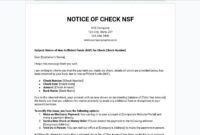Navigating the complexities of patient communication can sometimes feel like a delicate balancing act. On one hand, medical professionals are incredibly busy, with packed schedules and urgent cases demanding their attention. On the other, patients need clear, compassionate, and understandable information about their health, appointments, and treatment plans. This is where the power of well-crafted, personalized communication truly shines, fostering trust and ensuring patients feel valued, not just like another number on a chart.
Generic form letters, while efficient, often fall short in building this crucial connection. Patients are looking for more than just a date and time; they want reassurance, clarity, and a sense that their individual health journey is understood and prioritized. Finding a way to deliver this level of personal touch without overwhelming your practice’s administrative resources is a challenge many healthcare providers face, and thankfully, there are effective strategies to bridge this gap.
Why Personalization Elevates the Patient Experience
In the fast-paced world of healthcare, it’s easy for communication to become transactional. However, patients often arrive at our doors feeling vulnerable, anxious, or confused. A generic letter, while containing necessary facts, can inadvertently amplify these feelings, making them feel like just one of many rather than an individual with unique needs and concerns. Personalization, on the other hand, actively works to counteract this, transforming a routine message into a reassuring interaction.
When a patient receives a letter that clearly acknowledges their specific situation, perhaps referencing their last visit, a particular test result, or a unique aspect of their treatment plan, it immediately communicates that their case is being given individual attention. This simple act builds immense trust and rapport, strengthening the patient-provider relationship beyond the examination room. It signals empathy and a genuine commitment to their well-being, which can significantly improve patient engagement and adherence to medical advice.
Key Components for Meaningful Personalization
Crafting letters that resonate means going beyond just inserting a name. It involves thoughtful consideration of the patient’s journey and addressing their specific needs directly. A truly effective message incorporates elements that make the communication feel tailor-made, even when built upon a foundational structure.

- Directly address the patient by their preferred name and title.
- Reference specific dates, times, and reasons for their appointment or follow-up.
- Include details pertinent to their unique health condition or recent consultation.
- Clearly state next steps, such as medication instructions or upcoming procedure preparations.
- Provide relevant contact information for questions or concerns related to their specific care.
- Offer a personalized encouraging note or express understanding of their situation.
This level of detail not only makes the patient feel seen and heard but also drastically reduces misunderstandings, leading to better compliance with treatment plans and fewer follow-up calls for clarification. It fosters a proactive approach to patient care, where information is conveyed clearly and compassionately, paving the way for improved health outcomes and a more positive overall experience.
Streamlining Your Communication with Thoughtful Templates
The idea of personalizing every single patient communication might sound daunting, especially for busy practices. This is precisely where a well-designed personalized patient letter template medical comes into play. It offers the best of both worlds: the efficiency of a standardized format combined with the flexibility to inject that crucial individual touch. The key is to view templates not as rigid scripts, but as adaptable frameworks designed to save time on repetitive elements, allowing more focus on the specific details that matter most to each patient.
Imagine having a template for appointment confirmations that automatically populates with the patient’s name, appointment date, and time, while leaving a clear space for a note about, say, bringing specific test results or confirming insurance details relevant to their visit. Or a follow-up letter that outlines post-procedure care, pre-filled with general instructions, but with a customizable section for their unique recovery timeline or specific medication adjustments. This approach drastically cuts down on writing time from scratch for every communication.
The beauty of an effective template system lies in its ability to be customized for various scenarios – from initial welcome letters to post-operative instructions, test result notifications, and referral summaries. Each template serves as a robust starting point, capturing the consistent information while providing ample opportunity to insert unique patient data, specific medical advice, or a personal message from the care provider. This ensures consistency in professional messaging while maintaining the warm, human element that patients appreciate.
Building a library of these adaptable templates empowers your administrative staff to communicate effectively and consistently, reducing the chance of errors and freeing up valuable time that would otherwise be spent composing new letters daily. Regularly reviewing and updating these templates, perhaps quarterly, ensures they remain relevant and incorporate any new practice policies or communication best practices. Training staff on how to thoughtfully personalize each template is also crucial, turning a potential chore into a streamlined process that ultimately enhances the patient’s entire healthcare journey.
Embracing this dual approach – leveraging the efficiency of templates while prioritizing genuine personalization – is a powerful strategy for any medical practice. It not only improves administrative workflow but fundamentally strengthens the bond with patients, making them feel truly cared for and understood. This investment in thoughtful communication ultimately translates into a more positive patient experience, better health outcomes, and a more robust, trust-filled healthcare environment for everyone involved.



